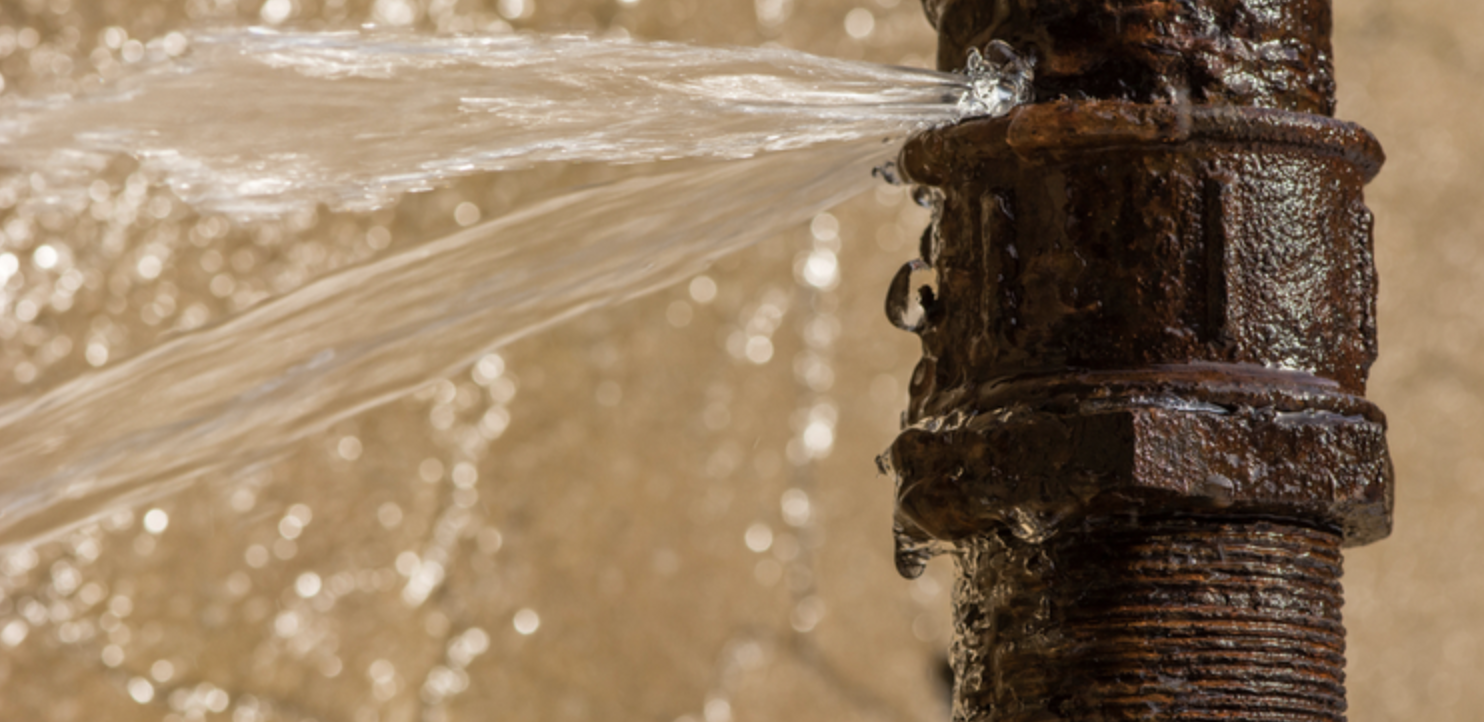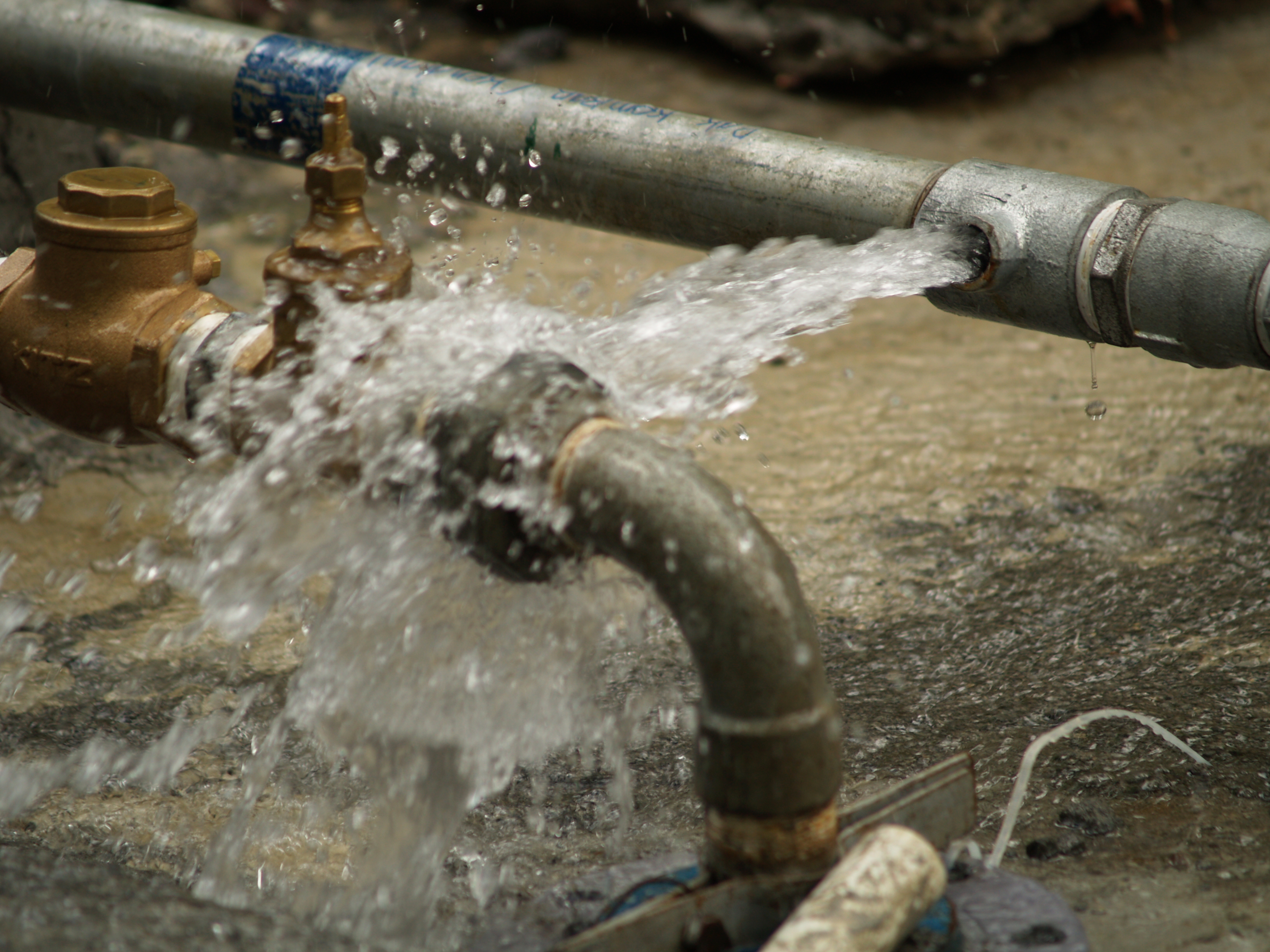Essential Septic Tank Maintenance Guidance Every Homeowner Needs to Know
Essential Septic Tank Maintenance Guidance Every Homeowner Needs to Know
Blog Article
This great article below pertaining to What To Do And What Not To Do When Dealing With Water Damage is quite captivating. Don't skip it.

What should you do if a water pipeline bursts in your residence, developing a mini-waterfall as well as swamping an area of your residence? The longer you wait, the much more extreme the water damage in your property. For these factors, you require to learn what to in instance of a burst water pipeline.
Shut Off the Key Waterline Valve
The first thing you have to do is shut the shut-off valve. Try to find the local shut-off valve to turn-off water in one details area just. You have to turn-off the main waterline valve if you do not recognize where the localized shut-off shutoff to the component is. This will remove the water in your entire house. Normally, the main valve is located outside the home beside the water meter. You can also discover it in the cellar at an eye-level or it could be in the 1st flooring on the ground if it's not there. Typically, home builders yet the shut-off valve in the main ground degree washroom or right next to it.
Call Water Damages Reconstruction Pros for Help
After shutting the water source, call the pros for help. With their specialist aid, you can alleviate exacerbation because water can permeate through your things resulting in deformed walls, loosened ceramic tiles, or damage structure.
Document the Damage For Insurance policy
As you are waiting for the pros to arrive, record the damage caused by the wayward pipeline. Staying aggressive with this enables you to file a claim for insurance coverage, which will help you and also your household get back on your feet.
Recover Things That Can Be Conserved
Browse the things as well as take out the most essential ones from the pile when you're done taking pictures. Dry them off as well as try to maintain as long as you can. Drag them far from moisture so they can start to dry out.
Beginning the Drying Process
While waiting for the pros, you can start the drying procedure. Luckily, water from your waterlines are tidy so you don't need to stress over sewage system water. The moving water may have disrupted the dust as well as particles in your floorboards and rugs. Be prepared with handwear covers as you use containers to dump out the water. Then, remove as much as you can with old towels. You can additionally turn on an electrical follower or open home windows to promote air flow. This will certainly hasten drying and also deter mold and also mold growth.
Specialists are the just one certified to fix the burs pipes and subsequent damage. As well as keep in mind, pipelines do not simply unexpectedly ruptured. You will generally see red flags like gurgling paint, unusual sounds in the plumbing, stuffy smell, caving ceiling, peeling off wallpaper, or water discolorations. Pay attention to these things, so you can nip any issues in the bud.
What should you do if a water pipeline ruptureds in your residence, developing a mini-waterfall as well as swamping an area of your house? For these reasons, you need to discover what to in situation of a burst water pipe. After shutting the water resource, call the pros for aid. With their specialist assistance, you can alleviate exacerbation since water can seep through your points resulting in deformed walls, loose ceramic tiles, or damage structure. The good news is, water from your waterlines are tidy so you don't have to stress concerning sewage system water.
BROKEN WATER PIPES: COST TO REPLACE & WAYS TO FIX A PIPE
CAUSES OF A BROKEN WATER PIPE
A water pipe can break for several reasons depending on the environment you live in, type of pipe, and circumstances.
The most common cause of broken pipes is freezing. If you live in a colder climate, this could happen. When water freezes it increases in volume by 9% and the pressure in the pipes can go from 40 psi to 40,000 psi. Clearly, this could be detrimental to the pipes. Water freezing causes quick expansion, which puts stress on the pipes and could lead them to crack or weaken. When water thaws, it will leak out the cracks. Other changes in water pressure can also cause breakage. Another common cause of broken water pipes is age.
Depending on the material, water pipes can last anywhere from 70-100 years. But the older they get, the more susceptible they are to weakening and corroding. Older pipes coming into contact with another material could speed up the corrosion process as well. PVC pipes can become brittle with age, while copper is prone to corrosion and stress over time. Something that could also potentially break water pipes is when they move. They may move from construction or the house settling. Moving can stress the fixed pipe which may lead to a leak or burst pipe.
HOW MUCH WATER COULD LEAK INTO YOUR HOUSE FROM A BROKEN PIPE?
The amount of water that leaks depend on how big the break in a pipe is. If it is just a minor crack, water will slowly leak out. This isn’t as serious as a full broken pipe, but it can still cause significant damage to your home. Burst pipes can leak up to 10 gallons of water per minute. The amount of water leaked also depends on what appliance is involved. The water line to your refrigerator can leak ½ to 1 gallon per minute depending on water pressure. One toilet supply line may leak 2-3 gallons a minute and a washing machine hose will leak up to 10-12 gallons per minute.
TURN THE WATER OFF
Doing this first is imperative; everything else can wait. You need to deactivate the water supply to stop the flow of water and prevent more water from leaking into your home. Shutting off the water could potentially save you thousands in water damage repairs. Locating the water shutoff valve depends on the climate you live in. For colder climates, the valves are usually inside, such as in the basement. For houses in milder weather, the shutoff valves will probably be outside—either attached to an exterior wall or in an underground box with a removable lid.
OPEN A FAUCET
The next thing to do is to open a faucet or turn on a sink. This will relieve any remaining water pressure in the pipes and ensure a full-shut down.
GET RID OF THE WATER
The quicker you get rid of the water, the less water damage and mold there could be. Use a mop and a shop vacuum to help get clean up the water. Use towels to dry everything the best you can.
CUT AND REMOVE THE DAMAGED PIPE
Once you have shut off the water and drained the damaged water pipe, you can begin to fix the issue. Cut out the damaged section of the pipe with a pipe cutter, ensuring that you also cut one inch extra on each side of the damage. Once you get rid of the broken part of the pipe, you may begin repairs.
https://www.wmhendersoninc.com/blog/broken-water-pipes-cost-to-replace-ways-to-fix-a-pipe/

As an avid person who reads on The Do’s And Don’ts After Water Damage, I think sharing that portion was beneficial. Do you know somebody else who is very much interested in the topic? Feel free to promote it. I appreciate reading our article about Rules For Handling Water Damage.
Report this page